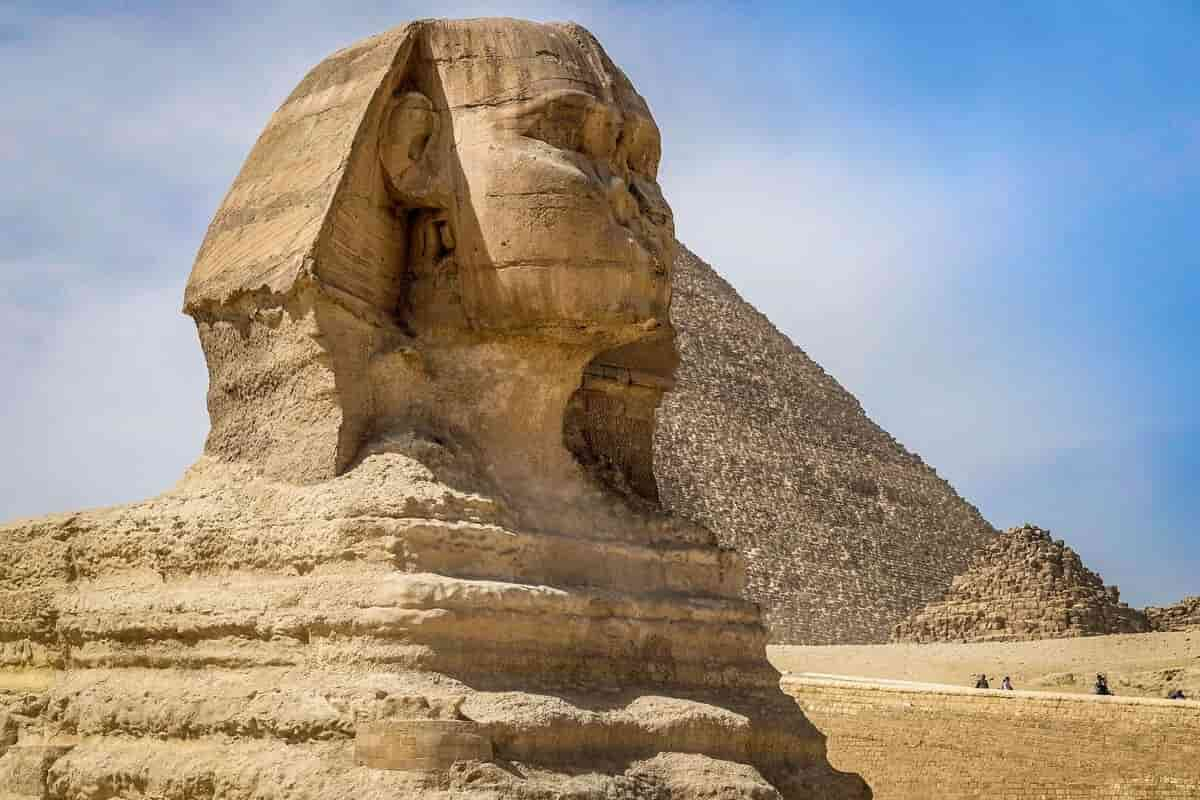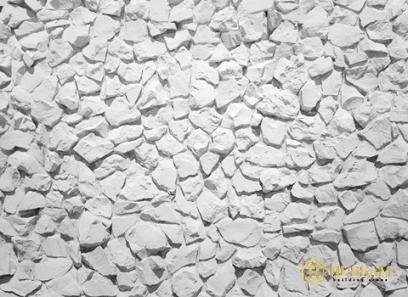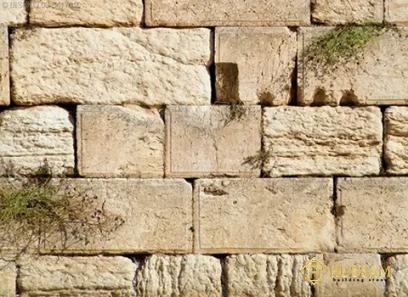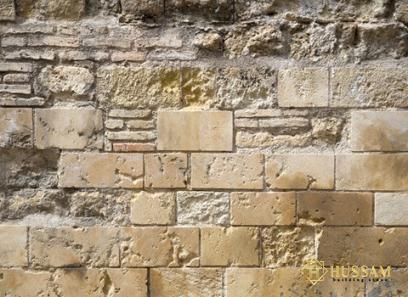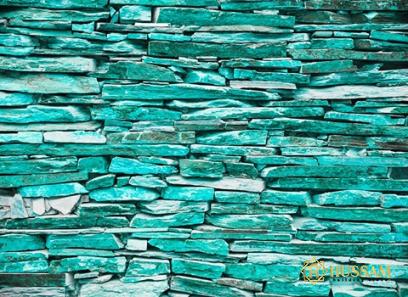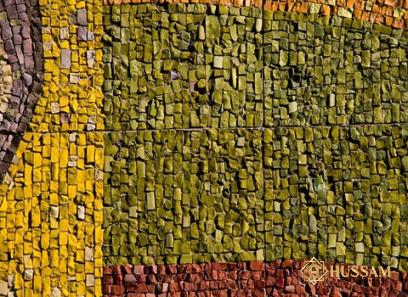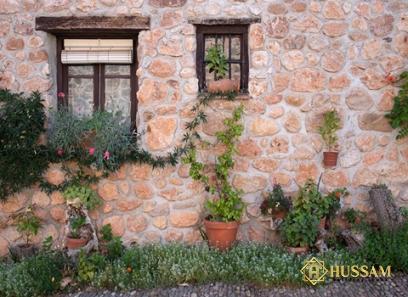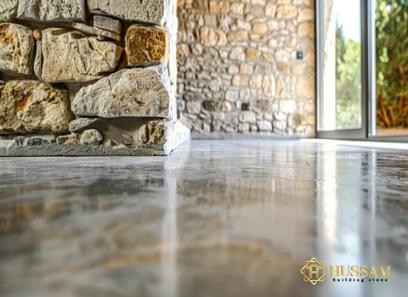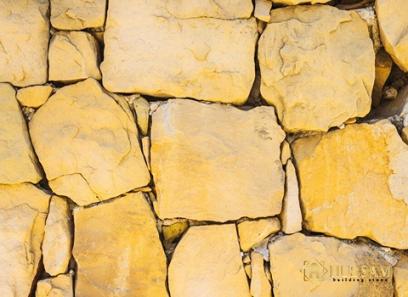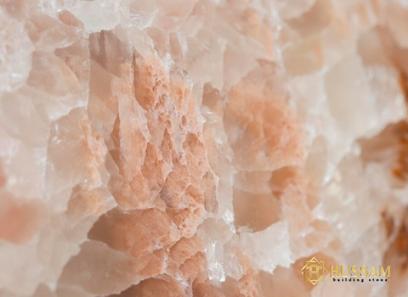Buy all kinds of egyptian building stone+price
In order to check amazing facts to know about ancient Egyptian building stones we could say Most of the remains of ancient Egypt consist of stones
egyptian building stone
There are building stones for temples, pyramids and tombs; decorative stones for cups, sarcophagi, temples, stelae, statues and other sculptures; precious stones for jewelry; and useful stones for tools, weapons, pigments, and other uses
Other stones are manufactured to extract precious metals from them
The age of these remains varies from the Late Pre-Dynastic period (beginning about 3200 BC) to the Roman period
Generally, the term “rock” includes “rocks” as well as the “minerals” they contain
There are three general groups of rocks – sedimentary, igneous and metamorphic, and they are divided according to their color and mineral composition
Sediments (silt, sand, and gravel) deposited on the sea floor and on land are solidified into sedimentary rocks by various processes of lithification, including bonding, cementing, and refreezing
The sediments of the continent originate from old and eroded rocks, and are deposited mostly by rivers, but sometimes by wind, ice and other processes
In contrast, marine sediments are mostly composed of organic matter (skeletal parts of algae, protozoa, and especially invertebrates) or sediments derived from seawater, but sometimes it also includes continental sediments carried by rivers into the ocean
Other sedimentary rocks are formed from secondary minerals of existing sedimentary rocks
The sedimentary rocks used by the ancient Egyptians included: limestone (from marine organisms); gypsum rock and anhydrite rock (both from evaporite marine sediments);
sandstone, including siliceous sandstone (quartz-cement) or quartzite (from continental sediments and, in part, from shallow marine sediments); and travertine and cherry (both from secondary mineralization of limestone)
Almost all ancient stone, travertine and limestone quarries were on the hills and cliffs bordering the Nile River valley between Cairo in the north and Isna in the south
Some stones were also quarried on the Mediterranean coast of the Nile River near Alexandria
Quarries in the Nile Valley from Isna south to northern Sudan yielded sand
Gypsum rocks and anhydrite rocks were found on the Egyptian coast of the Red Sea, and gypsum rocks also came from the Fayum in the Western Desert
The beautiful blue anhydrite comes from an unknown source and may have been imported from Egypt
Igneous rocks are formed by the crystallization of magma (molten rock)
They are called “plutonic intrusive” when they come underground, “volcanic intrusive” when they are deposited shallowly (dykes and related rock bodies), and “volcanic intrusive” or when it comes from volcanoes and is deposited on it
surfaces (lava flows and pyroclastic falls and air flows)
The igneous rocks used by the ancient Egyptians include: marble, granodiorite, quartz diorite, diorite, and pyroxenite (plutonic intrusive); porphyries andesite and dolerite as well as other porphyry rocks (volcanic and lava flows); basalt and obsidian (volcanic lava flows); and tuff and associated rocks (volcanic pyroclasts)
Apart from the famous marble and granodiorite mined in Aswan on the Nile River, the volcanic stones come from the Fayum in the Western Desert (basalt) especially from the mountains of the Eastern Desert (all other stones, except obsidian)
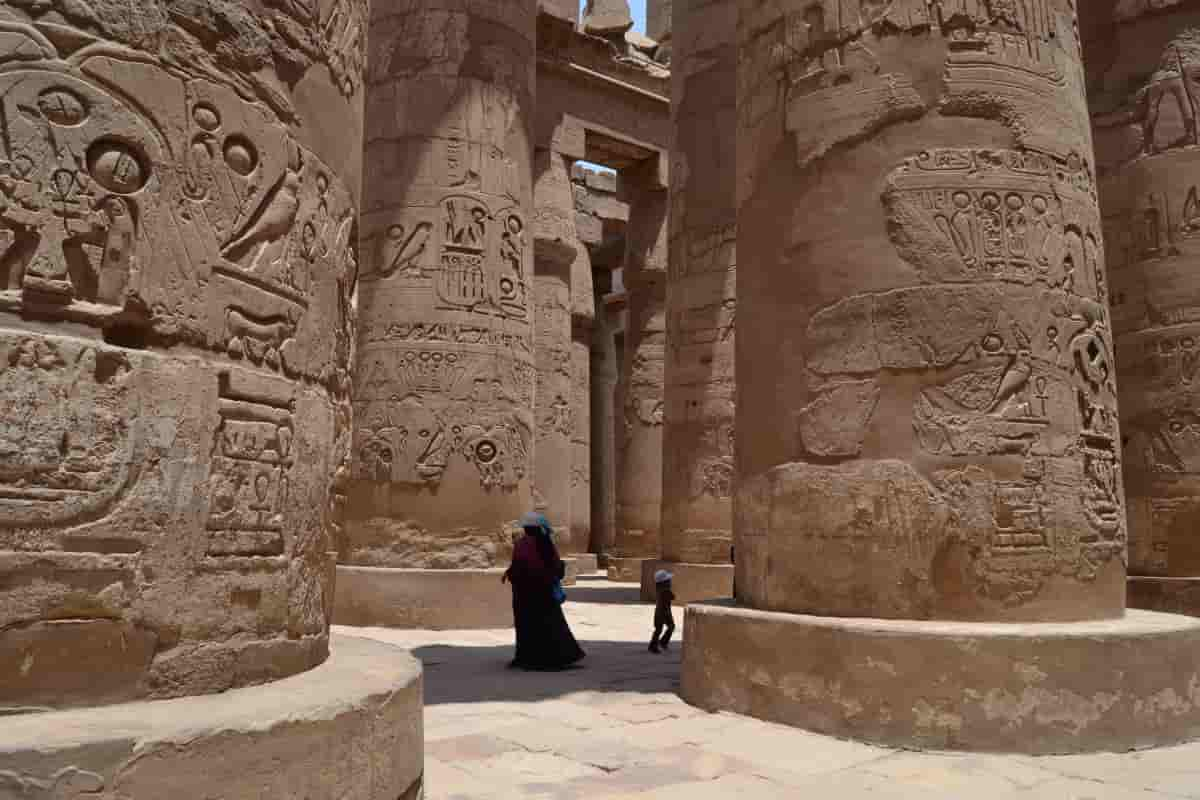
Obsidian (volcanic glass) is not found in Egypt, and was brought from the east of the Mediterranean and south of the Red Sea
Metamorphic rocks are formed from mudstone, shale, or other metamorphic rocks by applying pressure, high temperatures, or use of subsurface fluids
Metamorphism occurs in the solid state (without melting) through secondary mineralization and recrystallization
Rocks are produced either naturally, with or without parallel or horizontal orientation of their base minerals
Similar rocks used by the ancient Egyptians include: aanorthosite gneiss and tonalite gneiss (foliated); and marble, metaconglomerate, metagabbro, metagraivacke, serpentinite and steatite (not foliated)
Anorthosite gneiss originates from the Nubian Desert west of Lake Nasser, and other rocks are quarried in the mountains of the Eastern Desert
Other stones used by the ancient Egyptians were minerals found in plutonic and metamorphic rocks
These gemstones are used for making jewelry and include: amazonite, various microcline feldspars; the emerald, a kind of beryl; garnet; peridot, a type of olivine; many types of quartz (agat, amethyst, carnelian and other quartz colors, jasper, milk quartz and crystal stones); and turquoise
These minerals were qua king of Sinai (turquoise), the island of St
John in the Red Sea (peridot), the Nubian desert west of Lake Nasser (agat, carnelian and other chalcedony); and Eastern Desert Mountains (all others)
Lapis lazuli, a gemstone rather than a mineral, was widely used in Egypt, but was apparently imported from Afghanistan
Plutonic igneous and metamorphic rocks are also the source of much of ancient Egypt’s gold, copper, silver, tin, and some iron and steel, with sedimentary rocks yielding additional copper, iron, and lead
All of these came from the Eastern Desert, and most of the bronze (derived from malachite) came from Sinai
Plate tectonics and other earth movements along with erosion processes have caused sedimentary, igneous and metamorphic rocks to be deeply buried on the surface of Egypt
The general distribution of these rocks is shown on the geological map in Figure 1
The exposure of plutonic igneous and metamorphic rocks, which form the mountains in the Eastern Desert, is often called the Precambrian ‘crystalline basement’ and is over 550 million years old
old in Egypt, but the sedimentary and volcanic igneous rocks are usually less than 100 million years old
FLASHING STONE
Limestone and sandstone were the main building stones in ancient Egypt
From the earliest prehistoric times, limestone has been the material of choice for pyramids, mastaba tombs and stone-faced temples
From the late Middle Kingdom, sandstone was used for all temples in the sandstone region, as well as many of those in the southern part of the sandstone region
a
Both limestone and sandstone were used for sculpture and other non-model materials, when hard and beautiful decorative stone was not available
On the coast of the Red Sea, temples and other important structures from the Ptolemaic and Roman periods were built from gypsum limestone and anhydrite rocks
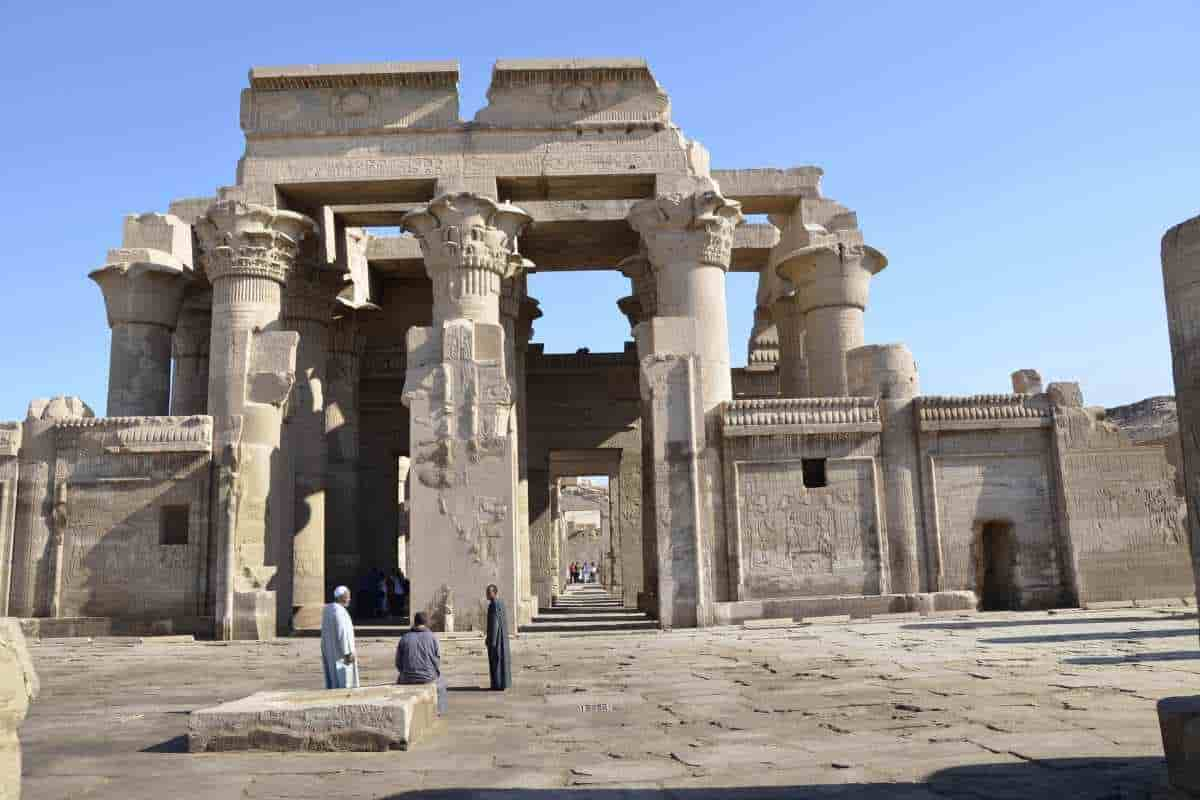
Decorative STONES
Unlike the gray, uncut stones, the ones used for jewelry have beautiful colors and patterns, and they look good because of their high quality
The main uses of different stones and the times of their use are as follows
(1) Exterior markings on pyramids: Old Kingdom – marble and granodiorite
(2) Later stone pyramids: Old and Middle Kingdom – granodiorite, and possibly basalt
(3) Linings of burials and bridges in pyramids and mastaba tombs: early dynastic period through the Middle Kingdom – marble, granodiorite and siliceous stone
(4) Lintels, columns and doors of temples: Early Dynastic to Roman period – marble, granodiorite and siliceous sandstone
(5) Temple pavements: Old Kingdom – basalt and travertine
(6) Pillars of the temple: Old and Middle Kingdom – marble
(7) Inside walls, walls and columns for temples and other buildings: Roman period – andesite-dacite porphyry, marble, granodiorite, metaconglomerate, metagabbro, metagravivaca, pegmatitic diorite, quartz diorite, rhyolite porphyry, tonalite porphyry and tonalite
(8) Alaf: Roman period – marble, andesite-dacite porphyry and tonalite gneiss
(9) Natural stone: Middle and New Kingdom – marble, siliceous stone and travertine
(10) Sculptures (naoi): Old Kingdom in the Roman period – marble, granodiorite, metagraivakes and siliceous stones
(11) Obelisk: New Empire and Roman period – marble; and the New Kingdom itself – metagraivacke and siliceous sandstone
(12) Table offering: Old Kingdom in Roman times – marble, granodiorite, metagravivaca, silica sandstone and travertine
(13) Small and similar vessels: Late Predynastic period through the Old Kingdom – porphyry andesite, anorthosite gneiss, basalt, granite, metagreywax, obsidian, pegmatite diorite, quartz rock crystal, red-white breccia, gypsum rock, siliceous gypsum (petrified) wood, travertine (the most commonly used stone), tuff and travertine limestone; and only in the Middle Kingdom and the Second Middle Period – anhydrite of blue rock
(14) Canopic vase: Old Kingdom in Roman times – travertine
(15) Sarcophagi: Old Kingdom in the Roman period – marble, granodiorite, metagraivaca and silica stones; Only from the old to the new kingdom – travertine; New kingdoms only in the old period – metaconglomerate; and only the old period – basalt
(16) Small to large sculptures and other sculptures: from the early dynastic to the Roman period – granite, granodiorite, metagraivaca, red and white limestone breccia, siliceous sandstone and travertine; Old Kingdom and Great Kingdom only – anorthosite gneiss; only the beginning of the New Kingdom – marble, p pyroxenite; Only ancient – dolerite porphyry; Late Roman period only – basalt and metaconglomerate; And only in Roman times – andesite-dacite porphyry
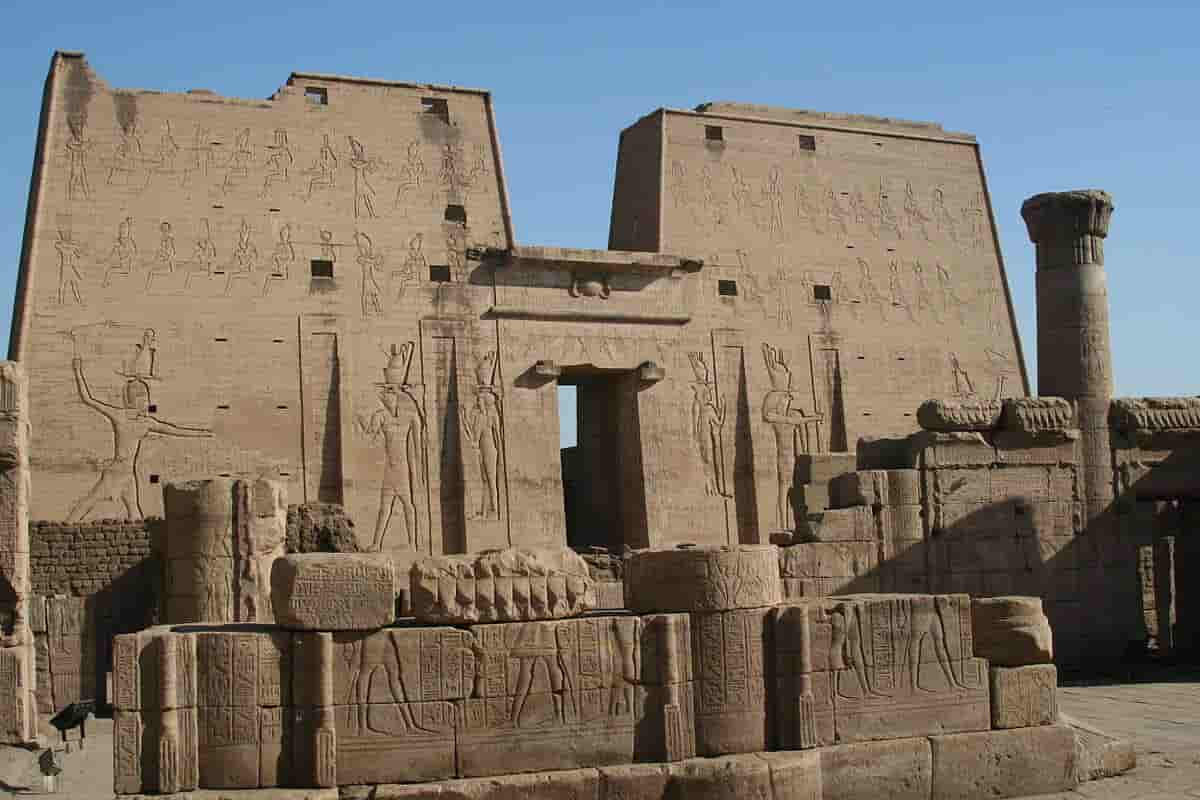
17) Scarab Symbols and Shabti: Roman New Empire – Metagreywacke, Serpentinite, Steatite (often polished) and Travertine
(18) Stelae: Old Kingdom of Roman times – marble, granodiorite, metagrevaca and siliceous stones; And only in the late period – metaconglomerate
(19) Decorative and Ceremonial Skins: Late Predynastic and Early Dynastic Periods: Metagreyvaka
Note that many of the objects listed above are carved from limestone and sandstone
Precious stones
Many precious and semi-precious stones found by the ancient Egyptians were used for beads, symbols, amulets, inlays and seals
Agate, amazonite, carnelian (including sardine) and other colored limestones, garnet, jasper, lapis lazuli, obsidian, rock glass and wet quartz, steatite (usually lustrous) and sapphire were used from the late Predynastic to Roman times
Amethyst was commonly used in the Middle Kingdom and during the Ptolemaic and Roman periods
The Romans were the first to use emeralds and peridot to make jewelry, and they brought other precious stones from India to Egypt, including aquamarine (beryl); Carnelian, Soma, Sardonyx (all types of carnelian); and sapphire and ruby (corundum)
Utilitarian stone
Perhaps the strongest and most interesting stone used by the ancient Egyptians was the stone, also known as the stone
From prehistoric times, it was used for tools (axes; awls, knives and sickles; axes and heads; chisels; drills; and picks) and weapons (sword blades, and spears and arrows)
Although metals (tin, brass, and later iron) became common for these applications, black was still a cheaper option
Imported obsidian was used for tools and weapons that required the sharpest edges
Various stones, especially hard decorative stones, were used for weapons such as headdresses, sticks
From predynastic to late times, mining and most ornamental stone carving was done with breakable hard stone tools called spades and mauls
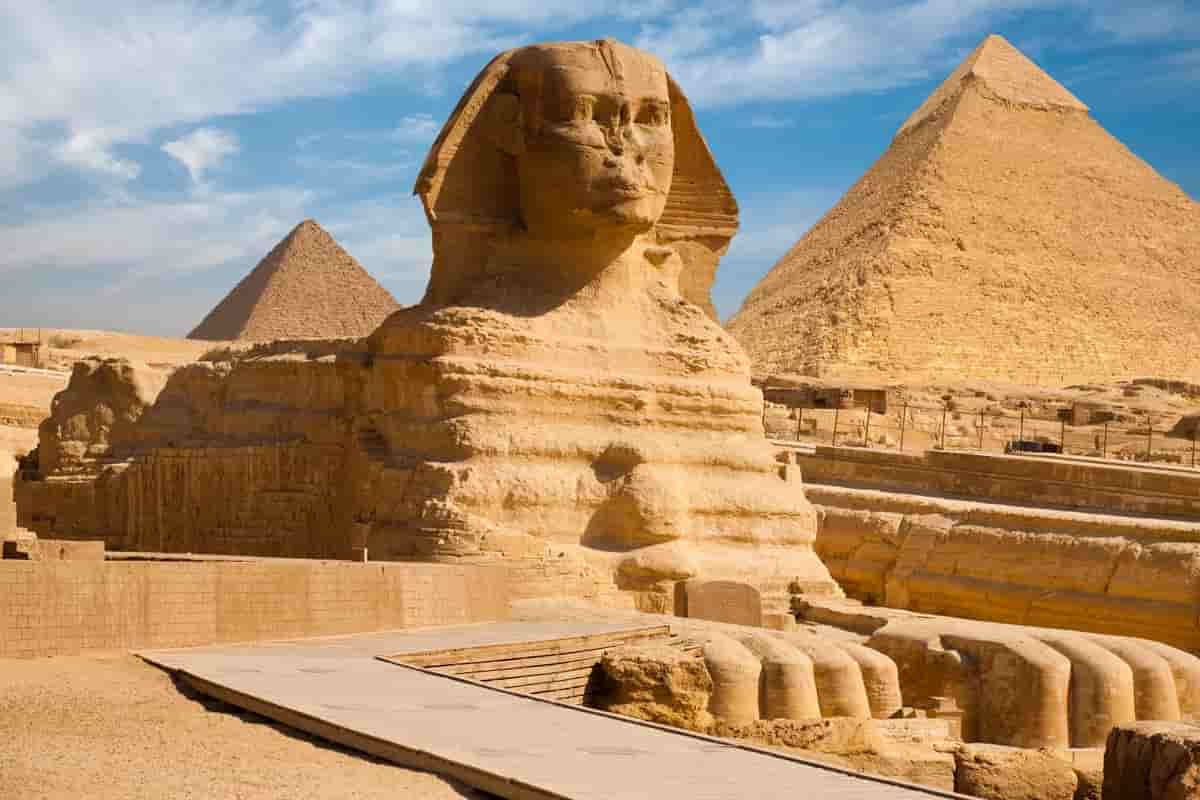
It was mainly composed of dolerite, but siliceous sandstone, anorthosite gneiss and fine marble were also occasionally used
The same stones were used as grindstones to smooth the rough stone surfaces
The actual decoration of these objects was probably made of quartz, a natural sand abundant in Egypt
For soft sandstones and limestones, points (as well as metal tools) were used
Glasses made from galena (dark gray) and malachite (green) were used by both Egyptians and women
Grinding is done on decorative pallets specially carved from Metagrevac
Egyptian temples and tombs were often painted with bright colors originally made from earth stone: azurite (blue), gypsum and limestone (white), hematite ocher (red and orange), limonite ocher (yellow and brown), and malachite (green)
Whetstones were used throughout Egyptian history and were typically carved from hard and precious stones such as marble, granodiorite, and siliceous stone
During the Ptolemaic and Roman periods, many millstones made from imported vesicular basalt were popular
There are few sights as spectacular as the sunrise in the White Desert of Egypt
Early light captures the air-carved chalk shapes and begins to play tricks on the mind
In fact, some of the shapes are so reminiscent of figures from ancient Egyptian mythology, such as the Sphinx, that it lends credence to the theory that these shapes left an indelible impression on the nomadic people who passed through the nascent Western Desert on their way
A glittering civilization was found on the banks of the Nile
We cannot of course know whether this proposed psychological influence is true, but undoubtedly, the variety of rocks that can still be seen in Egypt today greatly influenced the material remains of ancient Egypt
In fact, as Bonnie Semple notes in The Geology of Egypt:
A Traveler’s Handbook, this influence was far greater in Egypt than elsewhere—including the other great riverine civilizations of Mesopotamia, where building stones were scarce
My company has been leading the world market in both supply and export of building stone products for over years and is hence gently honored to have provided a link for all dear customers and traders to join us in world trade of building stones and have the best purchase ever in your life
